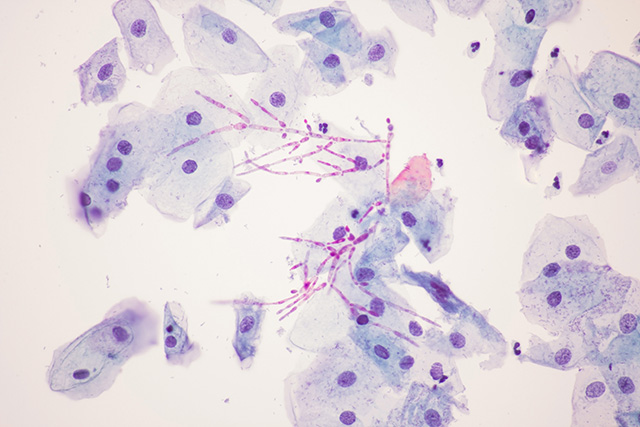Home // Antibiotics
Which herbal medicines demonstrate the best anti-Candida activity?
07/04/2018 // RJ Jhonson // Views
Tags: acinetobacter baumannii, Asphodelus tenuifolius, Avicennia marina, candida, candida albicans, candida infection, Candidiasis, common purslane, Escherichia coli, Fagonia indica, good herb, Henna, herbal treatment, Herbs, Klebsiella pneumoniae, Lawsania inermis, Portulaca oleracea, Pseudomonas aeruginosa, research, Salvadora persica, Staphylococcus aureus, yeast infection, Ziziphus spina-christi

- Candida albicans is one of the leading causes of disease in both in people who are immunosuppressed and those who are immunocompetent.
- The researchers gathered extracts from seven plants: Avicennia marina (gray mangrove), Fagonia indica, Lawsonia inermis (henna), Portulaca oleracea (common purslane), Salvadora persica, Ziziphus spina-christi (Christ's thorn jujube), and Asphodelus tenuifolius.
- They tested these extracts on various morphologies of C. albicans. They also determined the plants' antibacterial properties on Staphylococcus aureus, Pseudomonas aeruginosa, Escherichia coli, and the multidrug resistant Acinetobacter baumannii and Klebsiella pneumoniae. To test for cytotoxicity, the extracts were applied to human erythrocytes.
- Extracts from P. oleracea and L. inermis successfully inhibited the action, growth, and development of C. albicans. The extracts from the two herbs also killed the bacteria in the test and showed no signs of cytotoxicity.
The researchers concluded that extracts from P. oleracea and L. inermis had potent anti-Candida and antibacterial properties and that they were safe for human use.
Read the full text of this study at this link.
Journal Reference:
Soliman SSM, Semreen MH, El-Keblawy AA, Abdullah A, Uppuluri P, Ibrahim AS. ASSESSMENT OF HERBAL DRUGS FOR PROMISING ANTI-CANDIDA ACTIVITY. BMC Complementary and Alternative Medicine. 2017;17(1). DOI: 10.1186/s12906-017-1760-x
Related Topics
acinetobacter baumannii Asphodelus tenuifolius Avicennia marina candida candida albicans candida infection Candidiasis common purslane Escherichia coli Fagonia indica good herb Henna herbal treatment Herbs Klebsiella pneumoniae Lawsania inermis Portulaca oleracea Pseudomonas aeruginosa research Salvadora persica Staphylococcus aureus yeast infection Ziziphus spina-christiLatest News
Related News
04/15/2019 / By Evangelyn Rodriguez
09/18/2018 / By Zoey Sky
09/27/2017 / By Michelle Simmons
Take Action:
Support Natural News by linking to this article from your website.
Permalink to this article:
Copy
Embed article link:
Copy
Reprinting this article:
Non-commercial use is permitted with credit to NaturalNews.com (including a clickable link).
Please contact us for more information.
Please contact us for more information.



















